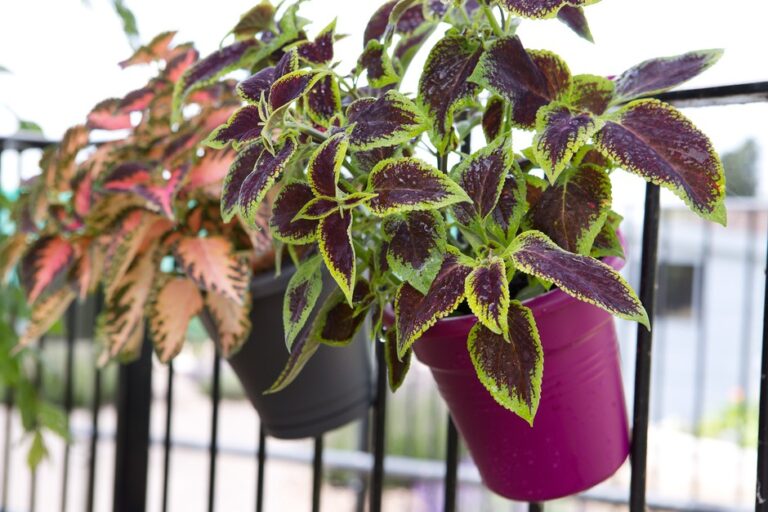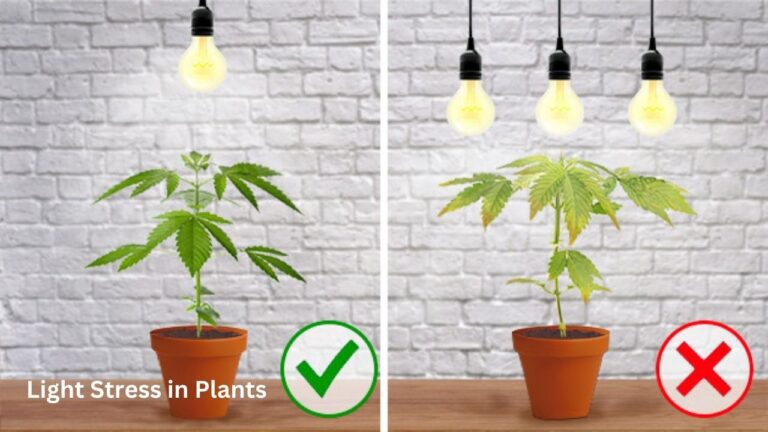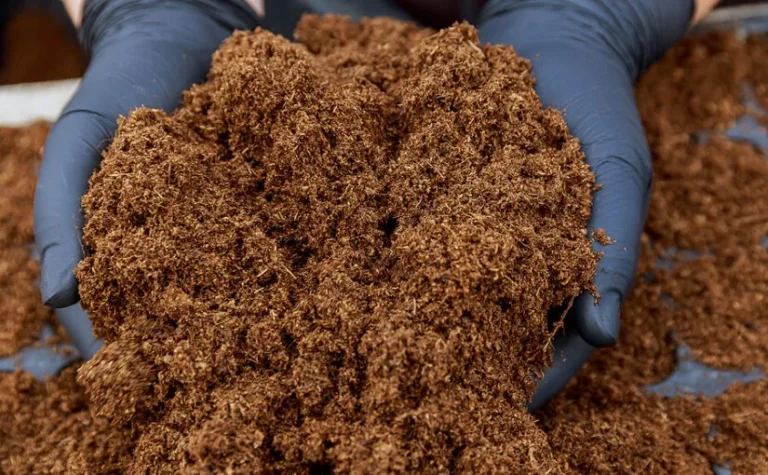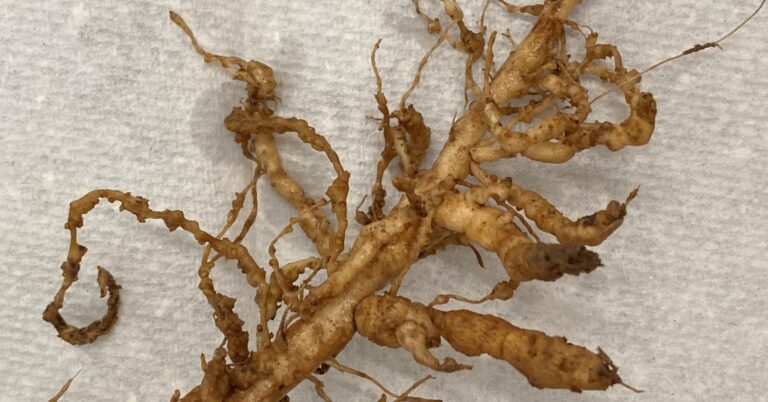Empower Your Garden with Hibiscus Diversity: Explore 25 Vibrant Varieties
Table of Contents: Hibiscus Diversity
Types of Hibiscus Diversity for Your Garden
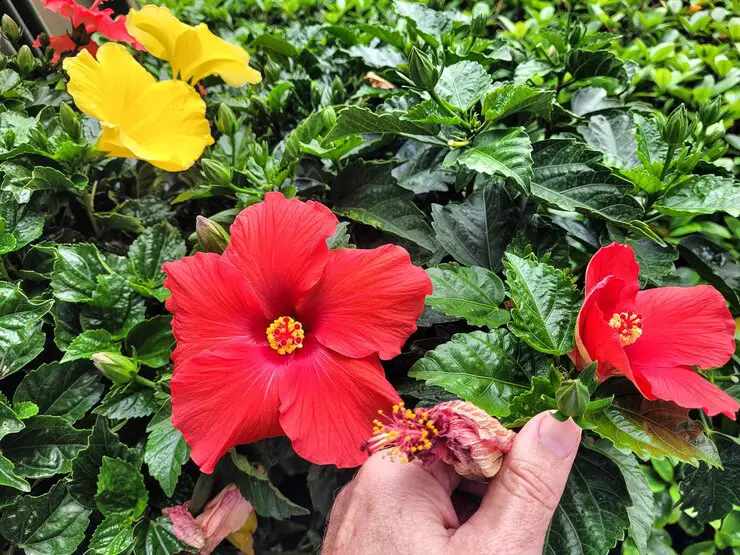
Hibiscus plants are a stunning addition to any garden, offering a wide variety of colors, sizes, and forms to choose from. From the vibrant and large blooms of the Hibiscus rosa-sinensis to the delicate and intricate flowers of the Hibiscus syriacus, there is a type of hibiscus to suit every gardener’s taste. Whether you prefer a compact shrub or a towering tree, there is a hibiscus variety that will thrive in your garden.
Some popular types of hibiscus for garden cultivation include the Hibiscus rosa-sinensis, known for its showy flowers in shades of red, pink, orange, and yellow, and the Hibiscus syriacus, also called Rose of Sharon, which blooms in hues of white, pink, and purple. The Hibiscus mutabilis, with its color-changing blooms that transition from white to pink to red over the course of a day, adds a dynamic element to any garden. For those seeking a tropical feel, the Hibiscus tiliaceus, or Sea Hibiscus, with its glossy foliage and bright yellow flowers, is an excellent choice. With so many options available, gardeners can easily find the perfect hibiscus Diversity varieties to create a beautiful and diverse garden display.
Choosing the Right Hibiscus Diversity for Your Climate
When selecting the right hibiscus for your climate, it’s crucial to consider temperature extremes, humidity levels, and sunlight exposure prevalent in your area. Different hibiscus varieties thrive in specific climate conditions, making it essential to match the plant with your local climate for optimal growth and blooming.
For regions with hot and humid climates, tropical hibiscus Diversity varieties, such as Hibiscus rosa-sinensis, are well-suited due to their love for warmth and moisture. These vibrant blossoms require temperatures above 60°F (15°C) and thrive in high humidity environments. On the other hand, for cooler climates, hardy hibiscus species like Hibiscus syriacus are more suitable, as they can withstand colder temperatures and even light frost. By understanding your climate’s characteristics, you can make an informed decision on the hibiscus variety that will flourish in your garden.
Sunlight Requirements for Different Hibiscus Diversity Varieties
Hibiscus Diversity plants, known for their vibrant flowers and lush foliage, are a beautiful addition to any garden. When it comes to sunlight requirements, different hibiscus varieties have varying needs to thrive optimally. Understanding these requirements is essential for the health and growth of your hibiscus plants.
Some Hibiscus Diversity varieties, particularly tropical hibiscus species like Hibiscus rosa-sinensis, thrive in full sun conditions. These sun-loving plants need at least 6 to 8 hours of direct sunlight daily to bloom profusely and maintain healthy foliage. On the other hand, hardy hibiscus varieties such as Hibiscus syriacus, commonly known as rose of Sharon, can tolerate partial shade and still produce their characteristic large and showy flowers. It is important to know the specific sunlight needs of the hibiscus variety you are growing to ensure they receive the right amount of light for optimal growth and flowering.
Soil Preferences for Various Hibiscus Diversity Types
Hibiscus plants are diverse in their soil preferences, with different varieties thriving in specific soil conditions. Understanding the soil needs of each type of hibiscus is crucial for ensuring their health and vibrant growth in your garden. Some hibiscus species, like the tropical hibiscus (Hibiscus rosa-sinensis), prefer well-draining, nutrient-rich soil with a slightly acidic pH level between 6.0 and 6.5. This type of soil allows for proper root aeration and nutrient uptake, promoting lush foliage and abundant flowering throughout the growing season.
On the other hand, hardy hibiscus varieties, such as the Hibiscus moscheutos, are more adaptable and can thrive in a wider range of soil types, including loamy or sandy soils, as long as they have good drainage to prevent waterlogging.
For those gardening in regions with clay-heavy soil, it is essential to amend the soil to improve drainage and prevent water retention, which can lead to root rot in hibiscus plants. Adding organic matter like compost, peat moss, or well-rotted manure can help break up compacted soil and enhance its texture, promoting better root development and overall plant health. Additionally, incorporating perlite or coarse sand into the soil mix can further improve drainage for Hibiscus Diversity varieties that are sensitive to waterlogged conditions. By understanding the specific soil preferences of different hibiscus types and making appropriate amendments, you can create an optimal growing environment that encourages these stunning flowering plants to flourish and beautify your garden.
Watering Needs for Different Hibiscus Diversity Species
When it comes to providing the right amount of water for your hibiscus plants, understanding the specific needs of different species is crucial for their overall health and growth. Hibiscus generally prefer consistently moist but well-draining soil to thrive.
For tropical hibiscus varieties, it’s essential to keep the soil evenly moist, but not waterlogged. These plants thrive on regular watering, especially during hot and dry periods. On the other hand, hardy hibiscus species are more tolerant of drought conditions once established and typically prefer drier soil between waterings. Therefore, it’s important to adjust your watering frequency based on the specific type of hibiscus you have in your garden to ensure they receive the optimum care.
Pruning Tips for Hibiscus Diversity Plants
Pruning is an essential practice for maintaining the health and appearance of your Hibiscus Diversity plants. It not only helps in controlling the size and shape of the plant but also promotes better blooming and overall growth. When pruning hibiscus, always use clean and sharp pruning shears to make precise cuts. Begin by removing any dead, damaged, or diseased branches to prevent the spread of infections. Trim back any straggly or crossing branches to improve air circulation and sunlight penetration within the plant.
Another important aspect of pruning hibiscus is removing spent flowers regularly. This process, known as deadheading, encourages the plant to produce more blooms and prevents the formation of seed pods, redirecting the plant’s energy into new growth and flowering. Additionally, periodic pruning of hibiscus can help rejuvenate older plants, stimulating fresh growth and ensuring a vibrant and lush appearance in your garden. By following these pruning tips, you can keep your hibiscus plants healthy and blooming beautifully throughout the growing season.
Common Pests and Diseases for Hibiscus Varieties
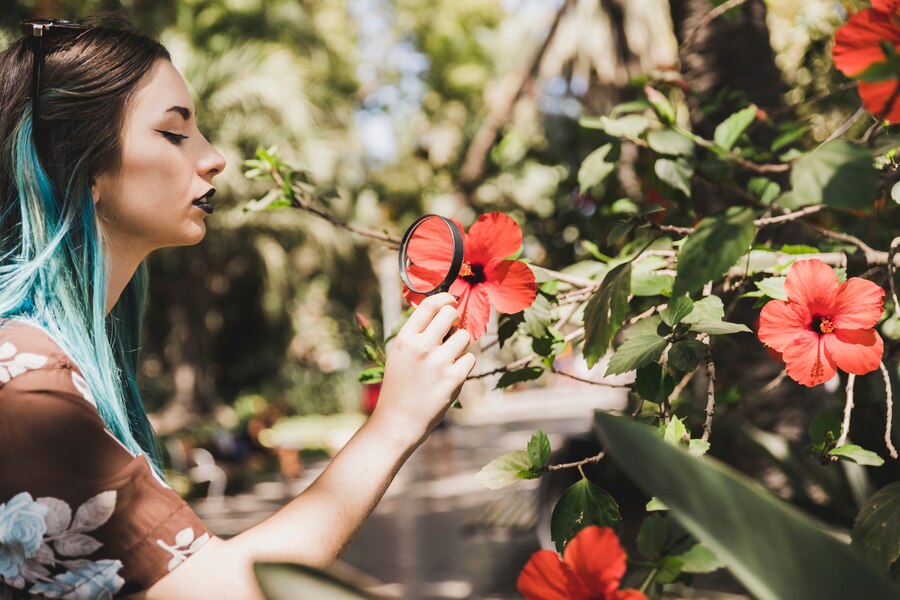
Hibiscus plants, known for their stunning blooms, are unfortunately susceptible to various pests and diseases that can hinder their growth and beauty. Some common pests that gardeners may encounter when cultivating Hibiscus Diversity include aphids, spider mites, whiteflies, and scale insects. These pests can cause damage to the foliage, weaken the plant, and reduce flower production. To combat these pesky invaders, regular inspection of the plant for signs of infestation, such as yellowing leaves or sticky residue, is essential. Implementing natural predators like ladybugs or using insecticidal soaps can help control pest populations without harming the plant or the environment.
In addition to pests, Hibiscus Diversity plants are also prone to certain diseases, including powdery mildew, leaf spot, and root rot. Powdery mildew appears as a white powdery substance on the leaves, while leaf spot manifests as dark spots or lesions. Root rot, caused by overwatering or poorly drained soil, can lead to wilting and yellowing of the plant. To prevent these diseases, it is crucial to provide adequate air circulation, avoid overwatering, and practice good sanitation by removing and disposing of any affected plant parts. Proper care and vigilance are key in maintaining healthy hibiscus plants and preserving their beauty in your garden.
Best Companion Plants for Hibiscus Diversity in Your Garden
When planning the perfect companions for your hibiscus in the garden, it’s essential to consider plants that not only complement its vibrant blooms but also thrive in similar conditions. One excellent choice is the daylily (Hemerocallis), which offers a stunning contrast with its colorful, trumpet-shaped flowers and shares the hibiscus’ preference for full sun. Another fantastic companion plant is the salvia, known for its long-lasting spikes of blossoms that come in a variety of colors, adding a pop of vibrancy alongside the Hibiscus Diversity blooms.
In addition to daylilies and salvias, consider incorporating ornamental grasses like fountain grass (Pennisetum) or purple fountain grass (Pennisetum setaceum) into your hibiscus garden. These grasses provide textual interest and movement with their graceful blades, enhancing the overall appeal of the garden while requiring similar care and sunlight needs as hibiscus. Furthermore, the combination of Hibiscus Diversity with ornamental grasses creates a visually captivating display that can bring a sense of harmony and balance to your outdoor space.
Container Gardening with Hibiscus
When it comes to container gardening with hibiscus, choosing the right pot is crucial for the plant’s health and growth. Opt for a container that is at least 18 inches in diameter to allow ample room for the roots to spread out. Ensure that the pot has proper drainage holes to prevent waterlogging, which can lead to root rot. Additionally, consider using a lightweight potting mix that is well-draining and rich in organic matter to provide the necessary nutrients for your hibiscus.
Placement of your hibiscus container is also key to its success. Hibiscus Diversity plants thrive in full sun, so it’s essential to place the container in a location that receives at least 6-8 hours of sunlight per day. Be mindful of extreme temperatures, as hibiscus prefers warm climates and may need protection from cold drafts or frost. Regularly monitor the moisture levels in the soil, ensuring it remains consistently moist but not waterlogged. Adequate watering is essential for the health and blooming of your hibiscus plant in a container setting.
Landscaping Ideas with Hibiscus Diversity Varieties
Landscaping with Hibiscus varieties can add vibrant colors and exotic charm to your outdoor space. Consider planting different types of hibiscus in strategic locations to achieve a stunning visual impact. For example, the Hibiscus rosa-sinensis, also known as the Chinese Hibiscus, with its large, colorful blooms, can be a focal point in your garden. Pair it with smaller varieties like the Hibiscus Diversity syriacus (Rose of Sharon) along pathways or borders to create a layered effect that adds depth and dimension to your landscape design.
Additionally, incorporating Hibiscus mutabilis, the Confederate Rose, with its unique ability to change flower colors from white to pink to deep red throughout the day, can bring a dynamic element to your garden. Planting these varieties in groups or clusters can create a visually appealing display that attracts pollinators and adds a sense of movement to your landscape. Combine different Hibiscus Diversity species with contrasting foliage textures and colors to create a harmonious balance and enhance the overall aesthetic appeal of your outdoor space.
Propagation Methods for Various Hibiscus Types
Hibiscus plants can be propagated through various methods such as stem cuttings, layering, and seed propagation. Stem cuttings are one of the most common and effective ways to propagate hibiscus. Choose a healthy, non-flowering stem, around 4-6 inches long, and remove any flowers or buds. Dip the cut end in rooting hormone to enhance root development and place the cutting in a well-draining potting mix. Keep the soil moist and provide warmth and indirect sunlight for successful rooting.
Another propagation method for hibiscus is through layering, which involves encouraging roots to form on a branch while still attached to the parent plant. Select a low-hanging branch and make a small wound on the underside of the branch. Apply rooting hormone to the wound and cover it with moist soil or sphagnum moss. Once roots have developed, the new plant can be separated from the parent plant and potted individually. Layering is a reliable method for propagating hibiscus plants that may be less successful with traditional cuttings.
Seasonal Care for Different Hibiscus Diversity Varieties
Seasonal care for different hibiscus varieties is crucial to ensure healthy growth and vibrant blooms throughout the year. Understanding the specific needs of your hibiscus plants during each season can make a significant difference in their overall well-being.
During the spring and summer months, hibiscus plants thrive in warm temperatures and require regular watering to support their growth and flowering. Fertilizing with a balanced formula every 4-6 weeks can also help promote lush foliage and abundant blooms. As the weather gets hotter, it’s essential to provide adequate shade for tropical hibiscus varieties to prevent sunburn on their delicate leaves. Additionally, inspecting the plants regularly for pests and diseases is essential for early detection and intervention to maintain their health.
Special Considerations for Tropical Hibiscus Diversity Plants
Special Considerations for Tropical Hibiscus Plants
Tropical hibiscus plants are known for their vibrant blooms and lush foliage, but they require some specific care to thrive in their natural habitat. One crucial aspect to keep in mind is the temperature sensitivity of tropical hibiscus. These plants are frost-tender and cannot withstand cold temperatures below 50°F (10°C). It is essential to protect them during cooler months by bringing them indoors or providing adequate insulation.
Moreover, tropical hibiscus plants have high humidity requirements to mimic their native tropical environments. To maintain optimal humidity levels, consider using a humidifier or placing a tray of water near the plants to create a moist microclimate. Regular misting can also help to prevent dryness and keep the foliage looking healthy and vibrant. By paying attention to these special considerations, you can ensure that your tropical hibiscus plants thrive and continue to showcase their stunning blooms.
Winter Protection for Hardy Hibiscus Varieties
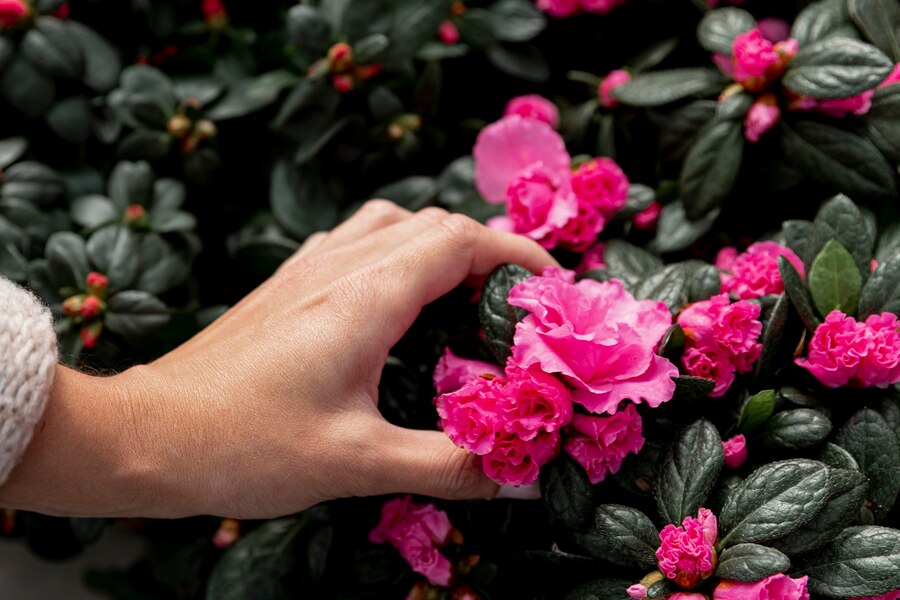
Hardy hibiscus varieties are well-equipped to withstand the harsh conditions of winter, but a little extra care can go a long way in ensuring their health and vitality. One crucial aspect of winter protection for hardy Hibiscus Diversity is proper insulation. Applying a thick layer of mulch around the base of the plant can help to regulate soil temperature and protect the roots from freezing. Additionally, wrapping the hibiscus in burlap or covering it with a frost cloth during extreme cold spells can provide an added layer of protection against the elements.
In regions with particularly severe winters, consider moving potted hardy hibiscus plants to a sheltered area, such as a garage or basement, to shield them from freezing temperatures. Ensuring adequate moisture levels during winter is also essential for the health of hardy hibiscus varieties. While these plants are more tolerant of dry conditions than their tropical counterparts, they still benefit from occasional watering during periods of extended drought or if the soil becomes too dry due to lack of snow cover. By taking these simple measures, you can help your hardy hibiscus varieties thrive through the winter months and emerge healthy and vibrant come spring.
Here’s a simple table showcasing 25 vibrant varieties of Hibiscus Diversity:
| Variety | Color | Bloom Size | Bloom Type | Growth Habit |
|---|---|---|---|---|
| Luna Red | Red | Large | Double | Compact |
| Fiesta | Pink | Medium | Single | Bushy |
| Blue Satin | Blue | Large | Single | Upright |
| Midnight Marvel | Maroon | Large | Double | Compact |
| Peach Sorbet | Peach | Medium | Single | Spreading |
| White Chiffon | White | Large | Double | Upright |
| Fireball | Red | Medium | Single | Compact |
| Lady Baltimore | Pink | Large | Double | Bushy |
| Cherry Cheesecake | Red & White | Medium | Single | Upright |
| Cotton Candy | Pink | Medium | Double | Spreading |
| Neon Lights | Yellow | Large | Single | Compact |
| Raspberry Rose | Pink | Large | Double | Bushy |
| Cajun Blue | Blue | Medium | Single | Upright |
| Pink Elephants | Pink | Large | Single | Spreading |
| Candy Crush | Red & Pink | Medium | Double | Compact |
| Plum Crazy | Purple | Large | Single | Bushy |
| Fiji | Orange | Medium | Single | Upright |
| Golden Butterfly | Yellow | Large | Single | Spreading |
| Black Dragon | Dark Red | Large | Double | Compact |
| Lemon Chiffon | Yellow | Medium | Double | Upright |
| Sugar Tip | White | Large | Single | Bushy |
| Lavender Chiffon | Lavender | Medium | Double | Spreading |
| Pink Hibiscus | Pink | Large | Single | Compact |
| Blueberry Thrill | Blue | Medium | Single | Upright |
| Coconut Cream | Cream | Large | Double | Bushy |
This table provides a brief overview of each variety’s color, bloom size, bloom type, and growth habit.
Creating a Stunning Hibiscus Diversity Garden Design
Hibiscus plants can create a stunning focal point in any garden with their vibrant blooms and lush foliage. When designing a hibiscus garden, consider mixing different varieties to add visual interest and extend the flowering season. Planting a combination of tropical and hardy hibiscus species can provide continuous color throughout the year, enhancing the overall aesthetic appeal of your garden.
Incorporating complementary plants such as ornamental grasses, salvias, or lantanas can help accentuate the beauty of hibiscus flowers while providing a diverse and harmonious landscape. Additionally, varying the heights and textures of surrounding plants can create depth and dimension in your garden design, making it more visually captivating. Remember to plan for adequate spacing between Hibiscus Diversity plants to allow for proper air circulation and growth, ensuring a healthy and flourishing garden display.
Can I grow Hibiscus Diversity in a colder climate?
Yes, there are hardy hibiscus varieties that can withstand colder temperatures. Make sure to provide winter protection for these types of hibiscus.
Are there any specific pests I should watch out for when growing hibiscus?
Common pests for hibiscus include aphids, spider mites, and whiteflies. Regular inspection and proper pest management can help keep these pests at bay.
How often should I fertilize my hibiscus plants?
Hibiscus plants benefit from regular fertilization during the growing season. Use a balanced fertilizer specifically formulated for flowering plants.
Can I prune my hibiscus plants to control their size?
Yes, you can prune hibiscus plants to control their size and shape. Pruning can also help stimulate new growth and improve flowering.
Are there any specific diseases that hibiscus plants are prone to?
Hibiscus plants are susceptible to fungal diseases such as powdery mildew and leaf spot. Proper watering and good air circulation can help prevent these diseases.


